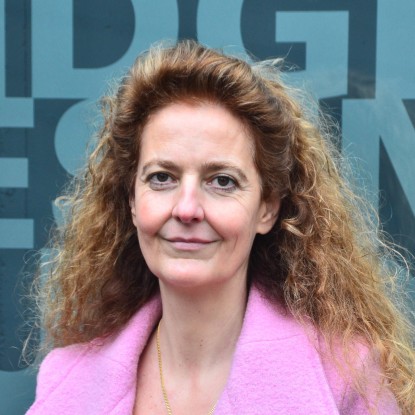In this field, Prof. Waldmann has a large experience as she already developed in collaboration with industrial partners design concepts for the following subjects:
- Dimensioning and design concept describing the load-bearing capacity of flat slabs based on fibre reinforced concrete without any additional reinforcement;
- Dimensioning and design concept describing the load-bearing capacity of composite sheet profile slabs based on lightweight woodchip concrete;
- Dimensioning and design concept describing the load-bearing capacity of lightweight masonry blocks;
- Dimensioning and design concept describing the load bearing capacity of dry-stacked masonry blocks;
- Design concept avoiding crack development in fair faced replacement screed based on hybrid fibre reinforced concrete;
- Design concept for render comprising honeycomb and cementitious or clay or geopolymer material.
Then, Prof. Waldmann is interested in Innovative reinforcement concepts. Here e.g. a research project realised in collaboration with the steel producer ArcelorMittal by analysing the load bearing capacity of flat slabs when using a concrete mixture with 100 kg/m3 of steel fibres as only reinforcement can be mentioned. The aim of this research was the analysis of the load bearing behaviour of flat slabs with only steel fibres as reinforcement under symmetrical loading around the column. Furthermore, the impact of different slab thicknesses on the bearing behaviour was studied. Core aspects were the study of the fibre dispersion and orientation in large-scale steel fibre concrete elements with growing element height by means of experimental tests including a comparison with an analytical analysis using the yield-line theory. Finally, a design suggestion for a practical application of such steel fibre reinforcement was derived.
In the context of Holistic planning and design of structures, Prof. Waldmann focuses on the development of resource and energy effective, adaptable building concepts for multi-story constructions, Prof. Waldmann is confident that this will be achieved by developing re-usable, pre-fabricated, standard, modular elements or components which allow destruction-free dis- and re-assembly responding to changing structural demands, revitalisation or removal, without reducing the general design possibilities. The aim is not to generate standardised buildings but to generate standardised prefabricated, simplified, reusable and less complex components which require less maintenance and repair efforts. Thus, the whole service life of the structural elements has to be considered.
As an example, the project Eco-Construction for Sustainable Development ECON4SD can be highlighted. This project foresees to prepare buildings for a future deconstruction which can only be achieved by adapting its design already at the planning phase accordingly. The project ECON4SD aims to develop pre-fabricated modular structural building components, which allow destruction-free dis- and re-assembly responding to changing structural demands, revitalisation or removal with a focus lying on flexibility, adaptability and upgradability with detachable connections. The collaborative research associating 6 colleagues, 6 PhDs and 1 PostDoc of different fields includes aspects of architecture, structural engineering, computational modelling, technical installations, energy consumption and BIM. Prof. Waldmann supervises as PI the whole project and is in addition leading one sub-project related to the development of a demountable timber-concrete slab structure as well as one other subproject related to the development of a concept of a Material and Component Bank.
With the same underlying idea, she developed new masonry elements for the construction of mortarless walls. These building elements are simply stacked into one another in an interlocking system without needing any mortar in the horizontal joints. Apart from the development of the bloc configuration, the scientific research focused on the analysis of the contact properties of the intermediate joint interfaces of this dry-stacked system. For these findings, the work has been internationally named best doctoral thesis of 2015 by the London-based International Masonry Society.
The concept benefits from the fact that the construction time for the walls is considerably reduced already, due to the simplicity of handling and laying, and also as no hardening time of the mortar layers has to be respected. However, the most important advantage will become apparent when the wall will be deconstructed: the single masonry blocks can be simply removed by unplugging the masonry units, which consequently also reduces the deconstruction time. These undamaged units could then be easily reused.





